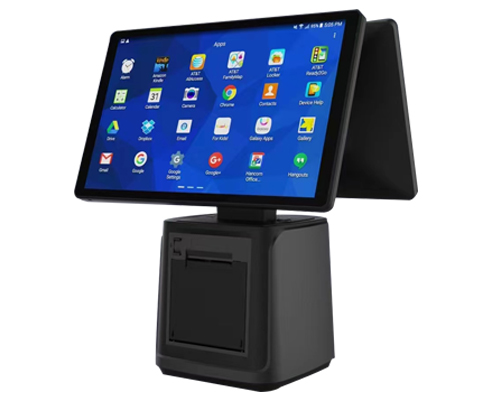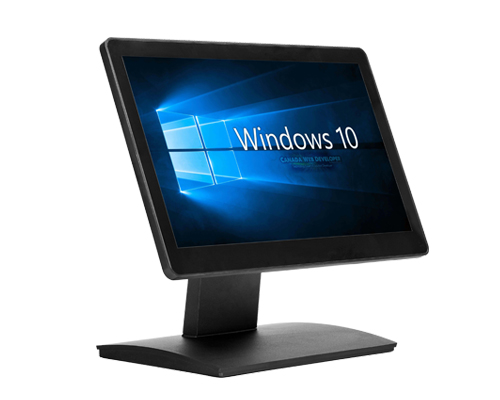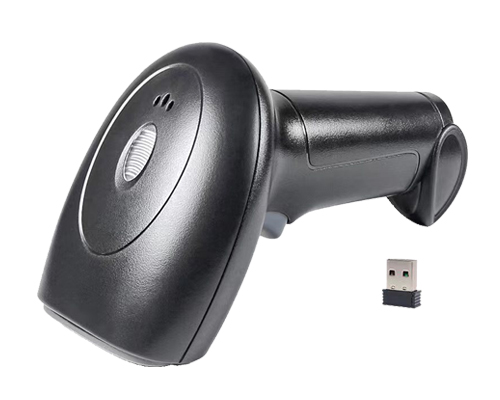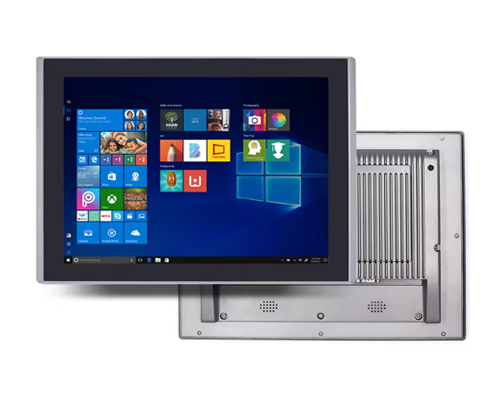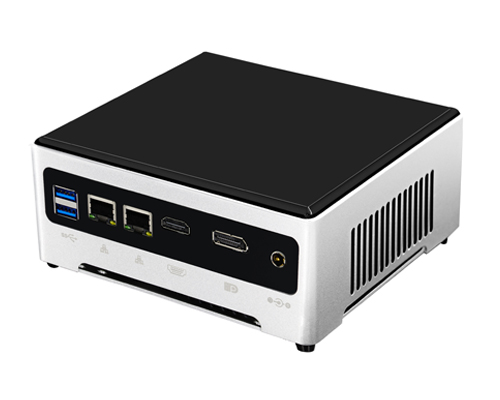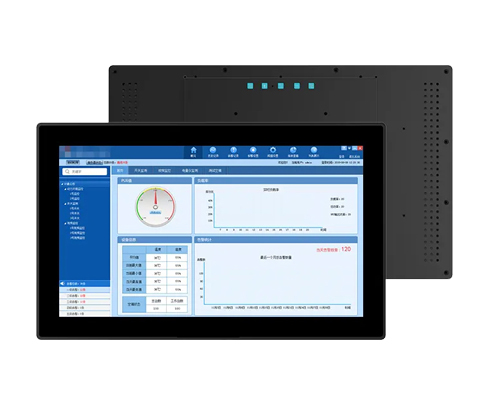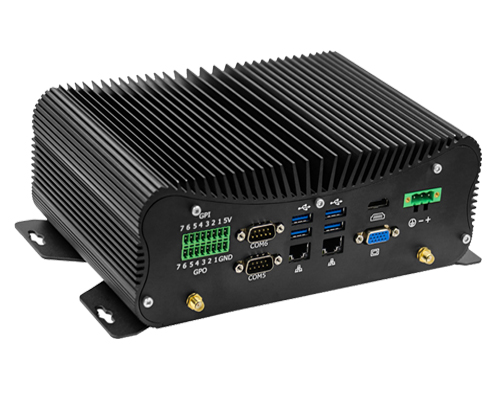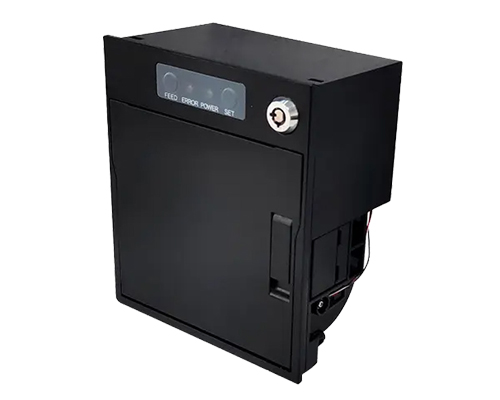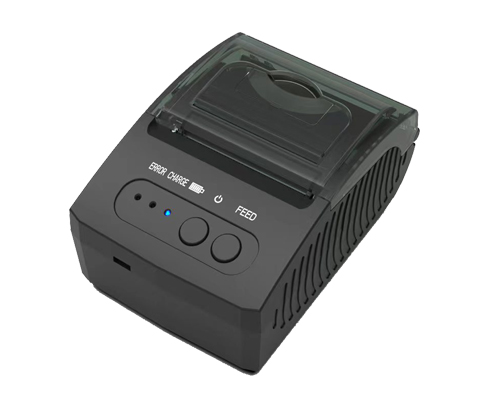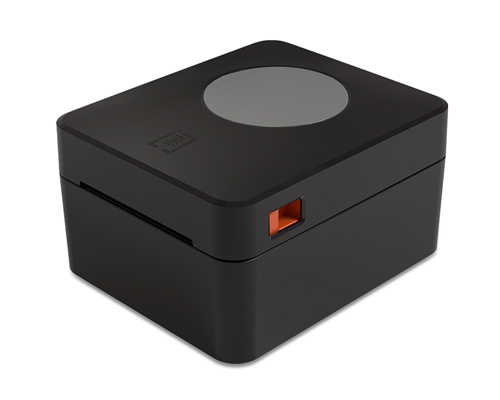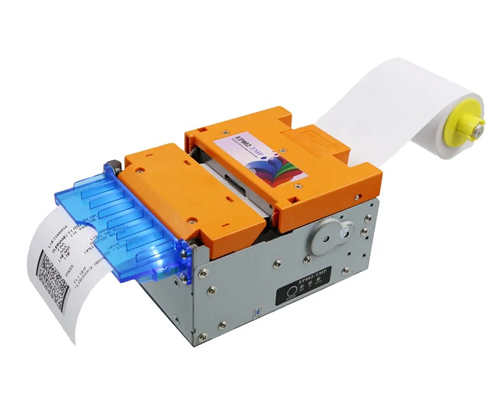When it comes to choosing the right computer for your needs, the decision often boils down to two popular options: Mini PCs and traditional desktops. Both have their unique advantages and limitations, making them suitable for different use cases. In this article, we’ll compare Mini PCs and traditional desktops to help you make an informed decision.
1. Size and Portability
One of the most obvious differences between Mini PCs and traditional desktops is their size. Mini PCs are compact, often no larger than a book, making them ideal for spaces where size matters. They can easily fit on a desk, mount behind a monitor, or even be carried around for portable use. Traditional desktops, on the other hand, are bulkier and require more space, limiting their portability.
Best for:
– **Mini PC**: Small offices, home theaters, or users who need a portable yet powerful solution.
– **Traditional Desktop**: Users with dedicated workspace and no need for portability.
2. Performance and Upgradability
Traditional desktops typically offer higher performance due to their larger size, which allows for more powerful components like high-end GPUs, multiple storage drives, and better cooling systems. They are also more upgradable, allowing users to swap out parts like RAM, graphics cards, and storage over time.
Mini PCs, while less powerful in comparison, have made significant strides in performance. Many modern Mini PCs now come with powerful processors, SSD storage, and even dedicated GPUs. However, their compact design limits upgradability, often restricting users to RAM and storage upgrades only.
Best for:
– **Mini PC**: Everyday tasks, light gaming, and office work.
– **Traditional Desktop**: Gaming, video editing, 3D rendering, and other resource-intensive tasks.
3. Power Consumption and Efficiency
Mini PCs are designed to be energy-efficient, consuming significantly less power than traditional desktops. This makes them an eco-friendly option and can lead to lower electricity bills over time. Traditional desktops, especially those with high-performance components, tend to consume more power, which can be a concern for long-term use.
Best for:
– **Mini PC**: Users looking for energy-efficient solutions.
– **Traditional Desktop**: Users prioritizing performance over energy savings.
4. Cost
Mini PCs are generally more affordable upfront, especially for basic models designed for everyday tasks. However, traditional desktops offer better value for money when it comes to high-performance needs, as they provide more power and upgradability at a similar or slightly higher price point.
Best for:
– **Mini PC**: Budget-conscious users or those with minimal computing needs.
– **Traditional Desktop**: Users willing to invest in a long-term, high-performance machine.
5. Use Cases
– **Mini PC**: Ideal for home entertainment systems, digital signage, light office work, and as a compact workstation for students or professionals.
– **Traditional Desktop**: Perfect for gamers, content creators, and professionals who need robust computing power for tasks like video editing, software development, or data analysis.
Conclusion
The choice between a Mini PC and a traditional desktop ultimately depends on your specific needs. If you value portability, energy efficiency, and a compact design, a Mini PC is the way to go. However, if you require high performance, upgradability, and have the space for a larger setup, a traditional desktop is the better option.
By understanding the strengths and limitations of each, you can make a decision that aligns with your computing requirements and lifestyle. Whether it’s a Mini PC or a traditional desktop, both offer unique benefits that cater to different user needs.

